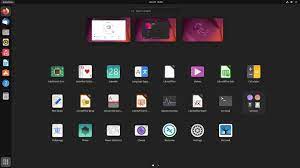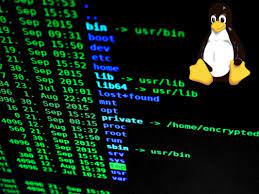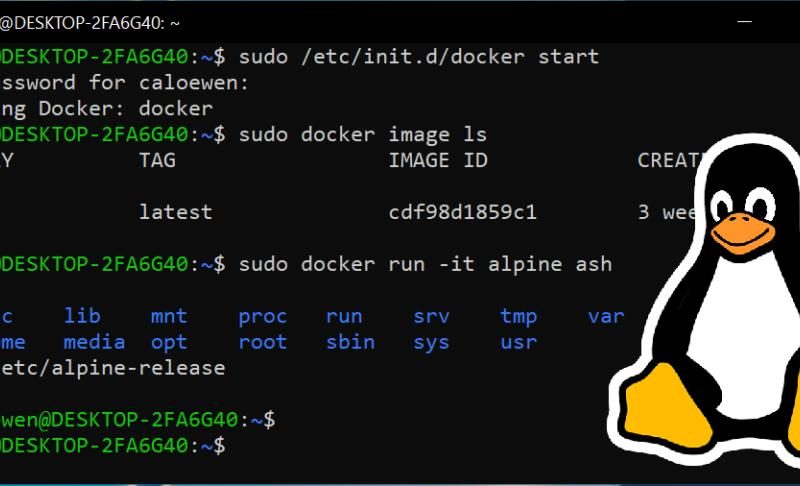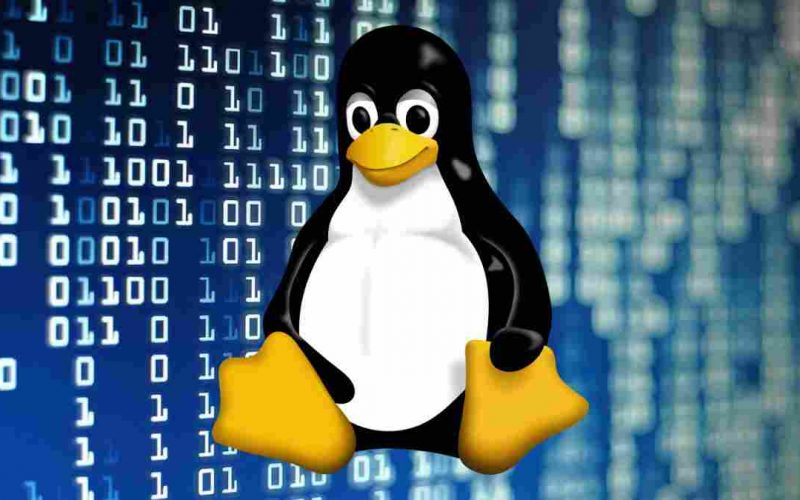02
Oct
Linux server administration involves managing and maintaining Linux-based servers, including web servers and database servers. Here's an introduction to Linux server administration in the context of web servers and database servers: Web Servers: A web server is responsible for hosting websites and serving web content to clients over the internet. Some popular web servers used in Linux server administration are Apache HTTP Server and Nginx. Apache HTTP Server: Apache is one of the most widely used web servers. It provides a robust and feature-rich platform for hosting websites. Linux administrators can configure Apache using configuration files, such as httpd.conf, to…









